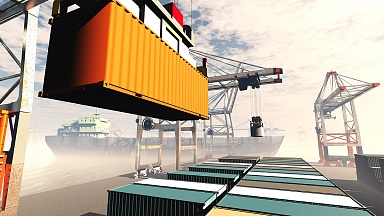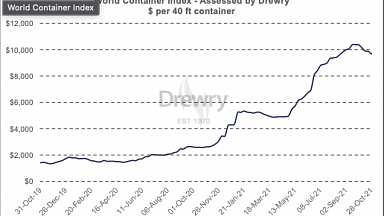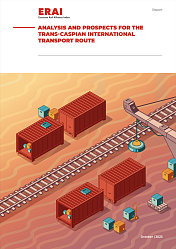Departing from Nanchang, the capital of China's Jiangxi Province, a cargo train loaded with medical materials against COVID-19 arrived in Paris Tuesday morning, vividly reflecting the sustained pragmatic anti-pandemic cooperation between China and Europe.
Anti-Pandemic "Green Passage"
Since the COVID-19 outbreak, the freight trains have been playing a crucial role in supporting Europe's anti-epidemic fight by opening "green passages" for the transport of important supplies and raw materials. From January to May, a total of 12,524 tonnes of anti-epidemic materials were sent from China to European countries by train.
The smooth operation of this anti-virus supply train has proven the feasibility, punctuality and safety of this land corridor with lower delivery costs than air freight, but less time consumption and more flexibility than sea freight, said Yao Hongzhi, general manager of COSCO Shipping (France) Agency. Carlos Santana, who is responsible for the company which operates the Yiwu-Madrid line in Spain, told Xinhua that railway transport has been proven to be a reliable means of importing health materials from China in the midst of the pandemic.
Economic Benefits
Beyond the contributions to underpinning anti-pandemic actions, the rail connection between China and Europe, since the restoration of its regular operation, has also brought an impetus to economic resumption in the Eurasian continent amid the pandemic by stabilizing trade and supply chains. From January to May, the number and shipments of China-Europe freight trains surged by 28 percent and 32 percent year-on-year respectively, according to the China State Railway Group. Notably, freight trains made a new high of 1,033 trips in May, up 43 percent year-on-year, transporting a record of 93,000 TEUs.
From Santana's perspective, rail transport from Asia continues to upgrade from moving small-sized, low-cost goods towards delivering goods with added value, as China is exporting goods with added value in greater quantities, such as watches, Bluetooth devices, automobile parts, electrical goods, and so on. From Spain, he added, top-end consumer goods like extra virgin olive oil, wine and cured ham are brought to China by rail as well, with clear advantages of being speedy, ecological and cost-effective.
Promising in Post-Pandemic Era
"Our two major economies should play the role as dual engines of the world economy, drive the recovery of global economy, jointly support a scientific and orderly resumption of work and production, strengthen macroeconomic policy coordination, and keep global industrial and supply chains stable and smooth," said Chinese President Xi Jinping while meeting via video link with EU leaders. The freight trains that link China and Europe have become a symbol of mutual benefits. As said Xavier Wanderpepen, who is responsible for China-Europe rail freight activities at Forwardis, "We wish to work with China on the development of freight wagons with variable gauge capable of adapting to the situation in Western Europe, Russia and China."




